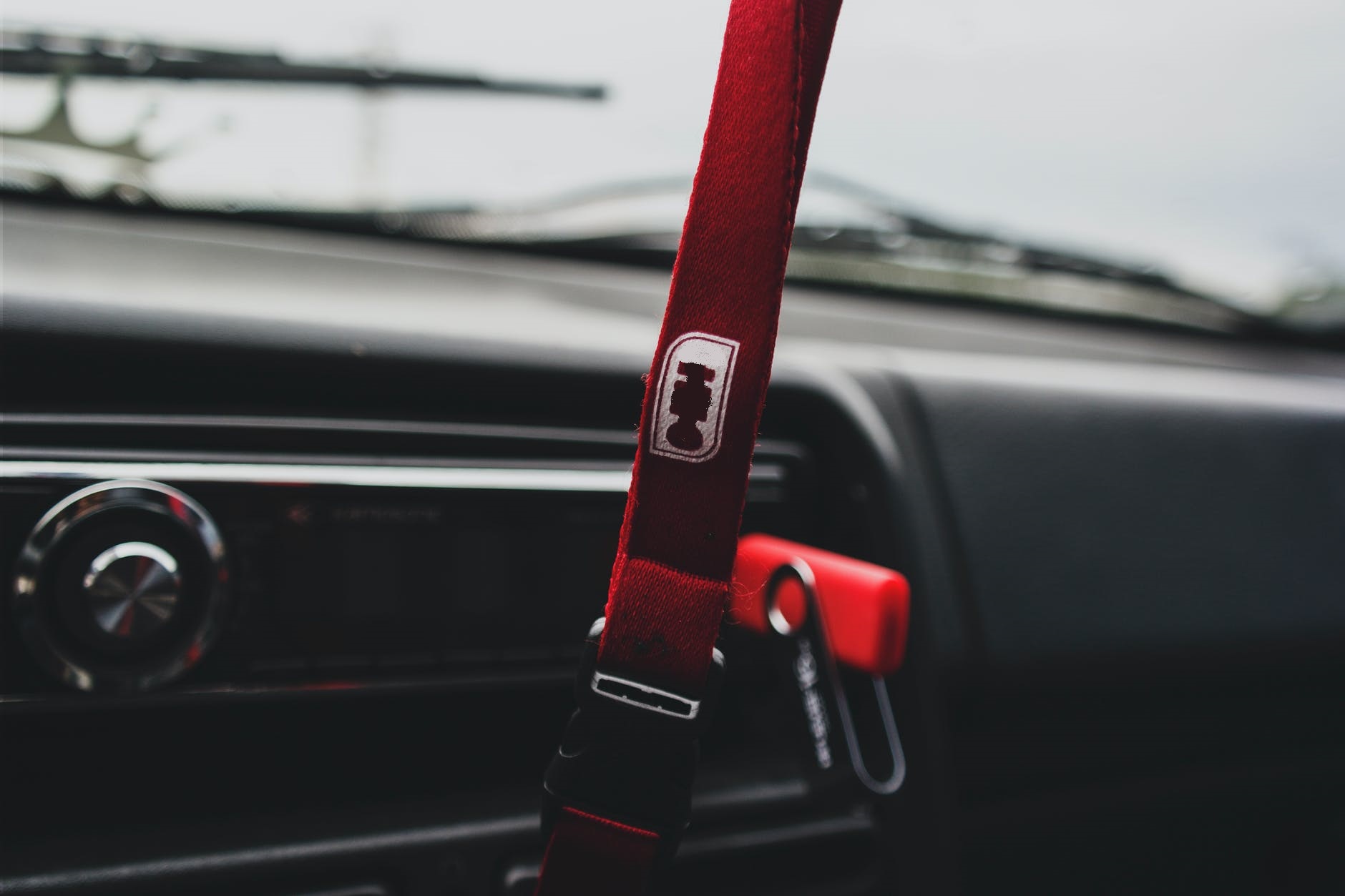Lanyard chains are commonly used by employees and students to display their ID badges and cards. In some cases, people wear them around their necks to hold keys. They are convenient, easy to use, and accessible. That is why many companies and organizations use them. However, they can also be dangerous, mainly when used in areas where they can get snagged or caught on something moving, for which the solution is to use breakaway lanyards.
Breakaway and Non-Breakaway Lanyards: What is the Difference?
The design, material, or size options of a lanyard is virtually limitless, but it usually comes in two major categories: breakaway and non-breakaway. Some people make the mistake of overlooking what type they are wearing, but the difference in lanyards is prominent. Below is a brief comparison between the two to help you choose.
As its name implies, a breakaway lanyard has a quick-release clasp that breaks away when enough pressure is applied. This feature is critical in places with a lot of moving machines or rotating components, especially if it is being worn by a child.
In contrast, a non-breakaway lanyard is not designed with the breakaway safety feature. Some people prefer it over breakaway lanyards as it secures the ID or keys or whatever is attached to the lanyard when someone else tries to pull it off their necks. It is also more affordable as manufacturers do not need to invest in the added feature of a breakaway clasp.
Why Should You Choose Breakaway Lanyards?
Each lanyard type has its advantages and disadvantages, and your choice would ultimately depend on which one offers you the most value. But if safety is a major consideration for you, then you should go with the breakaway lanyard.
Lanyards are usually made from durable materials that do not break easily. This means that if it gets caught on something that is moving while it is around your neck, you run the risk of being choked or at least hurt without a quick release feature.
In fact, there is one case where a child got into an accident at home while wearing a non-breakaway lanyard with his house keys. The risk would become significant on playgrounds and other places where running and other vigorous activities are involved.
Other situations where non-breakaway lanyards could pose a threat are in hospitals. Some patients could get disoriented and hold on to anything that is within their reach. If they happen to grab on the lanyard that the staff is wearing, it could lead to injuries.
Attachment Options for Breakaway Lanyards
There are many types of lanyard clips to choose from, each with its unique features and characteristics.
- Card Clamp
The card clamp is usually made of metal. It connects to a slot at the top of the ID, which most cards have.
- Plastic Hook
As its name implies, this attachment is a plastic hook that attaches the ID card to the lanyard through its slot.
- Swivel Hook
The swivel is usually made of a metal hook that swings at its base. This is a great option if you are wearing ID cards where both sides have important information that must be displayed intermittently.
- Lobster Claw
The lobster claw is typically made of high-quality metal. It is ideal for showing an ID card quickly and conveniently. This attachment also goes well with wristlet lanyards, ribbon lanyards, and other kinds.
Breakaway lanyards are a bit more expensive, but the extra cost charged for this type can be considered as a small price you pay for your safety, something that should never be compromised, no matter the cost.



